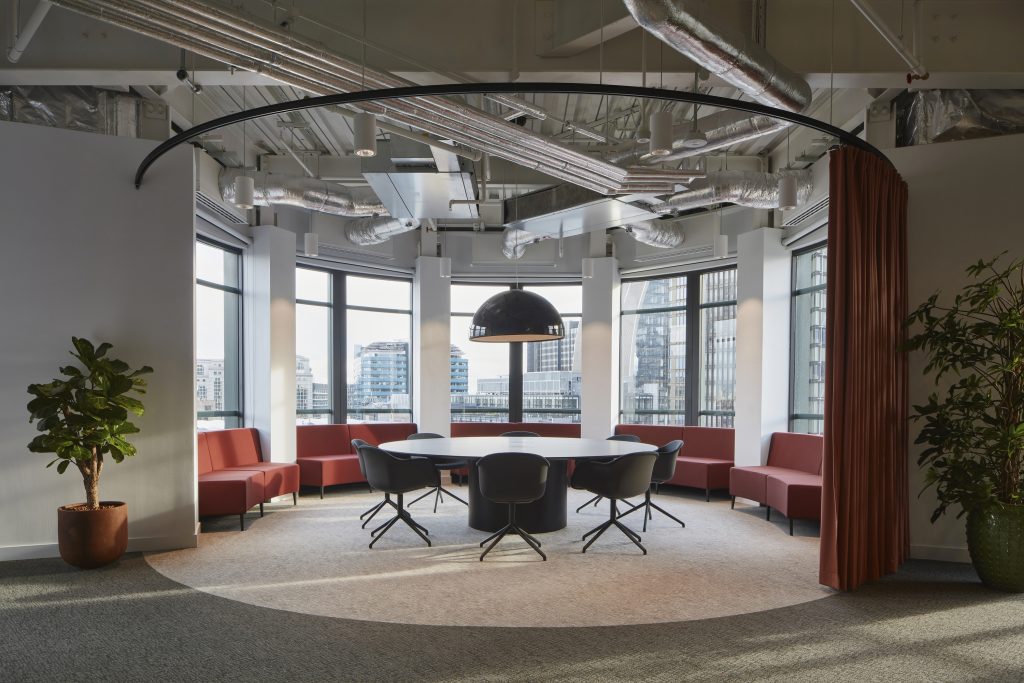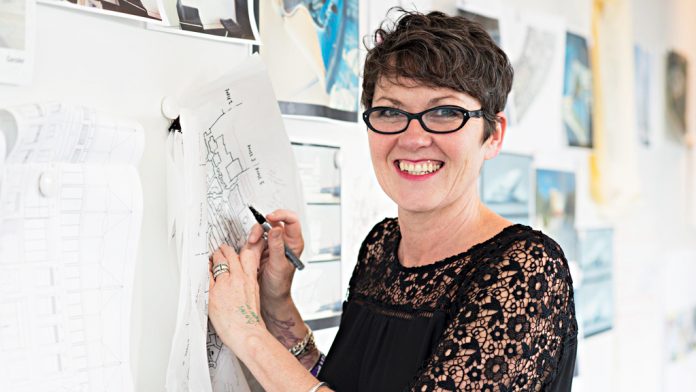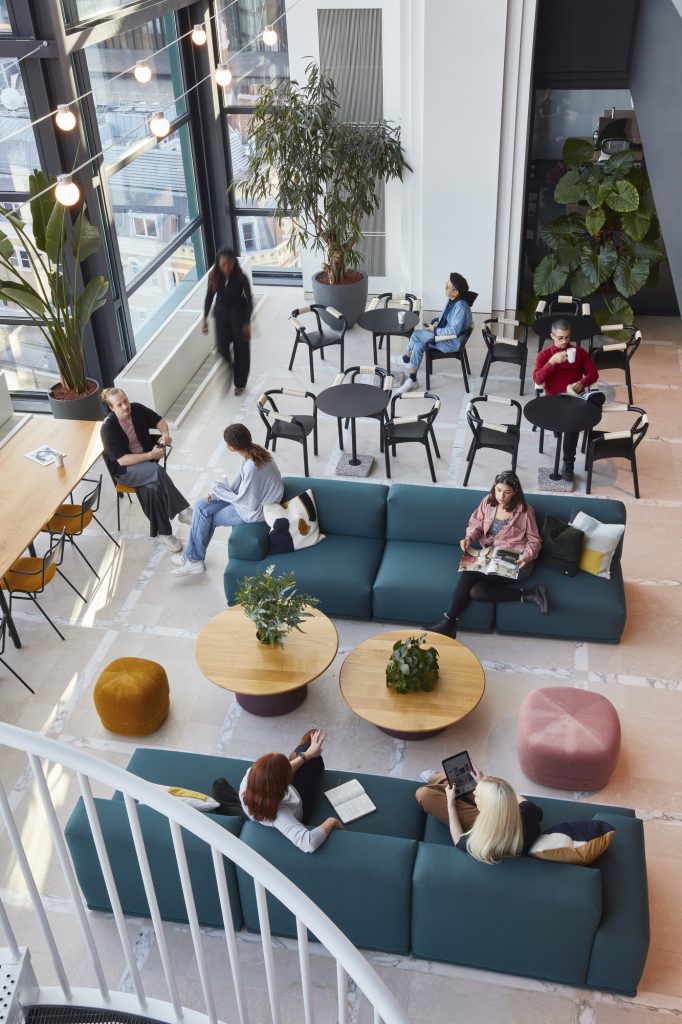Is office design in Beta mode?
Jane Clay, Principal, Strategy Director at Gensler, discusses the workplace trends that emerged during the pandemic and how they can help illuminate the design of the future workplace.
Our working environment has the capability to have a stark impact on our day-to-day attitudes to our jobs and employers. The pandemic has fundamentally changed the way we perceive our working day, with an industry report finding that 70% of the UK public do not believe they will ever return to the office full time. So, while many have grown fed up with working from their bedroom or kitchen every day, the flexibility, freedom of time, and independence that it gives them are benefits workers are not willing to give up entirely.
In order for companies to -entice their people back to the office, workplace architecture and design must appeal to colleagues’ emotional side – nurturing a sense of belonging , collaboration and cultural exchange – as well as support their psychological safety and to provide respite from the isolation of remote working.

Flexibility and Hybrid work are or course not new constructs in the world of workplace – they have been flirted with, trialled and tested for decades by many. The pandemic has created an accelerated wave of adoption of flexible and hybrid working practices, with the demand driven by the employees. This is because employees are behaving increasingly like consumers, choosing the company they want to work for on the basis of which one best fits their work and lifestyle preferences values and personality as well as the values mission and what that company stands for. As a result, office designers must think through the lens of marketing and brand– creating workspaces that attract employees to go into work. For example, for those who became accustomed to working at their kitchen table, the office must offer something that the home cannot. The office experience of the future will be dominated by the creativity, passion, and innovation that are ignited while working with peers, and a greater importance will be placed on workplace culture rather than places to just get the work done.

Offices are becoming more like culture clubs and innovation labs, with hyper flexible, adaptable spaces for socialising, collaborating and brainstorming, as well as larger café, hub and socialising zones. Desks will no longer be the majority component of the workspace, rather the balance has finally shifted to a rich mix of spaces and settings that feels more like home, and the office will be somewhere that supports, is designed for and can evolve to the new work life blur. The Purpose of the office will be to become the totem for culture and brand – the symbol of what makes the organisation and the experience of working for it that much more special than any other.

Another huge consideration going forward will the sustainability credentials of the workplace, as the public grow increasingly conscious of the environmental impact of their own habits and those of their employer.
Today, new properties are responsible for between 17-21% of energy-related carbon emissions globally. That figure covers everything from electricity to water and fuel – in cities like London, the energy budget is dominated by indoor heating. To reduce workspace footprints, companies are re-purposing older buildings using locally-sourced products, energy-efficient appliances as well as sustainable design to create efficient, low-energy consumption spaces to help reach increasingly ambitious net zero targets.

If you think of a building from the 80s, which still has its core foundations intact (shoulder pads and big hair notwithstanding!), re-designing the structure to be more applicable to its present needs can be far more cost effective, reducing the huge volume of waste and energy that is involved in demolishing and rebuilding a structure. For example, the Cargo Crossrail Place in London was an existing 15-storey traditional office space built around the late 90s in Canary Wharf. Upon its re-purposing and new design by the Gensler team in London, it has become a space for offices and a new community centre, reflective of how the Canary Wharf area has also changed in the last decade, becoming more mixed-use and residential.
The pandemic has dramatically accelerated workplace changes that had already been put in motion by the rise of new technologies and digital infrastructure over the last two decades. For most organisations, reverting to the old status quo is not an option anymore. Designers are being commissioned to create offices that prioritise health and safety, while serving as spaces that combine work and leisure.
Flexibility, hybrid, multi-use spaces and incentives to come to office are becoming common buzzwords in the employee retention playbook. However, with one in four UK workers considering a change in employer, buzzwords will not be enough to retain the top talent. It will require real investment into employees and an acceptance that, after two years of home working and the extra freedoms it gave, employees will not accept a rigid and mundane working structure.
There is a real opportunity for employers to embrace employee-centric human design and create working environments that are living and breathing symbols of the company’s culture and values, with the needs of its people and their wellbeing at its core.











